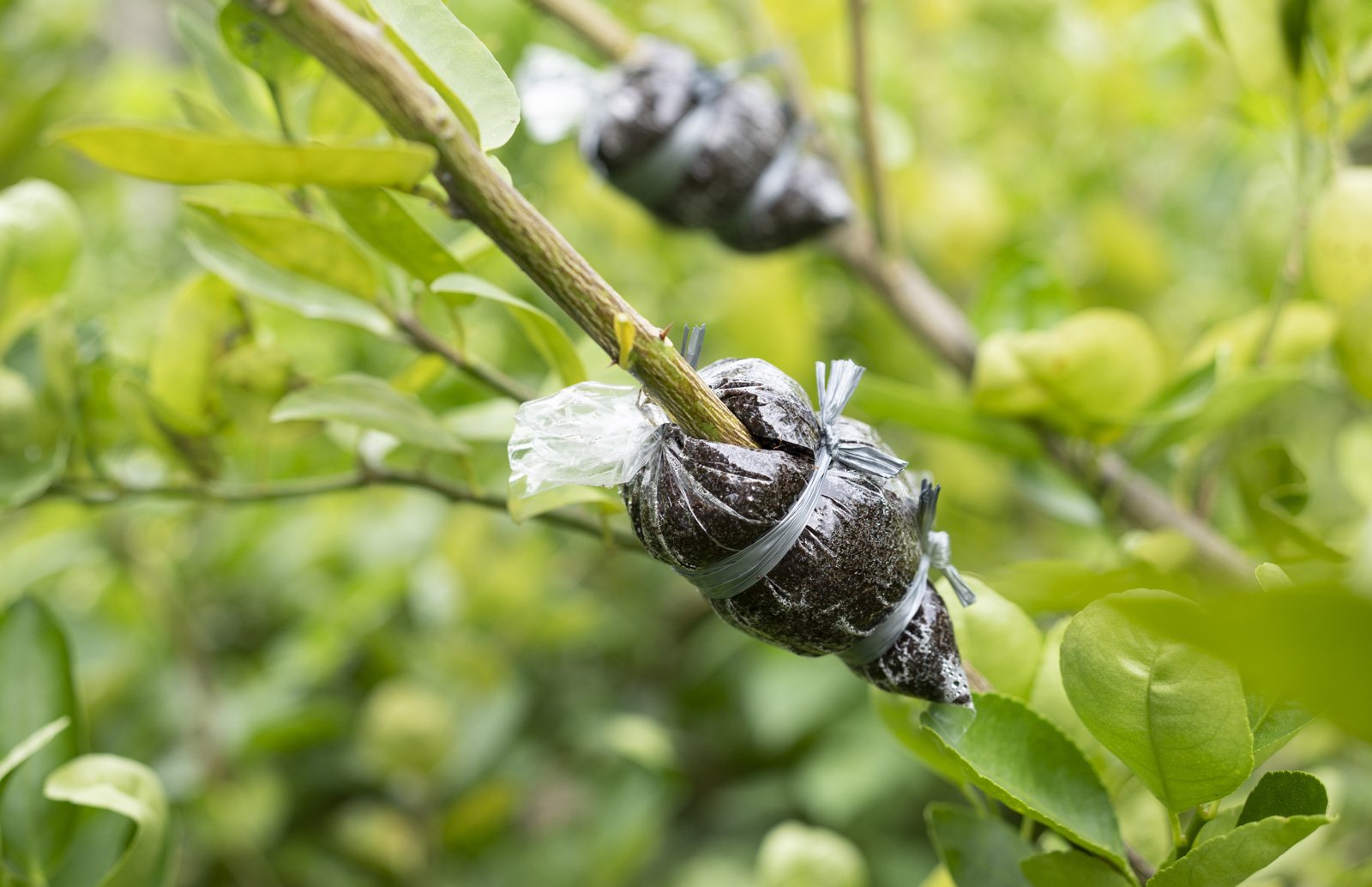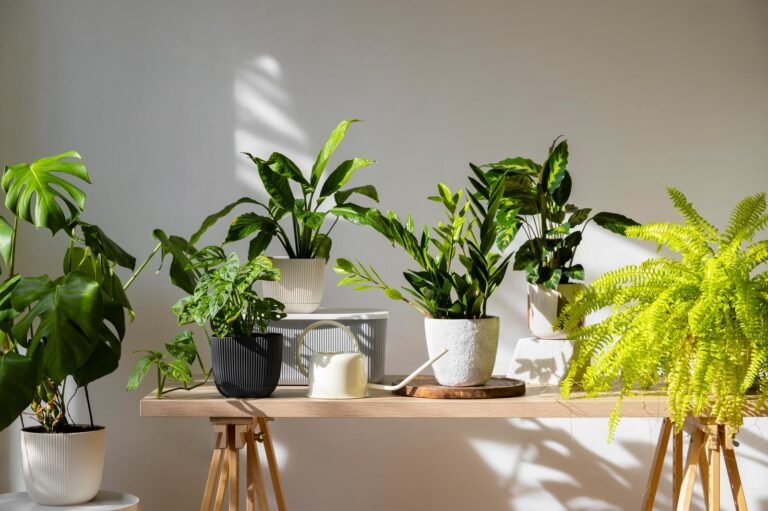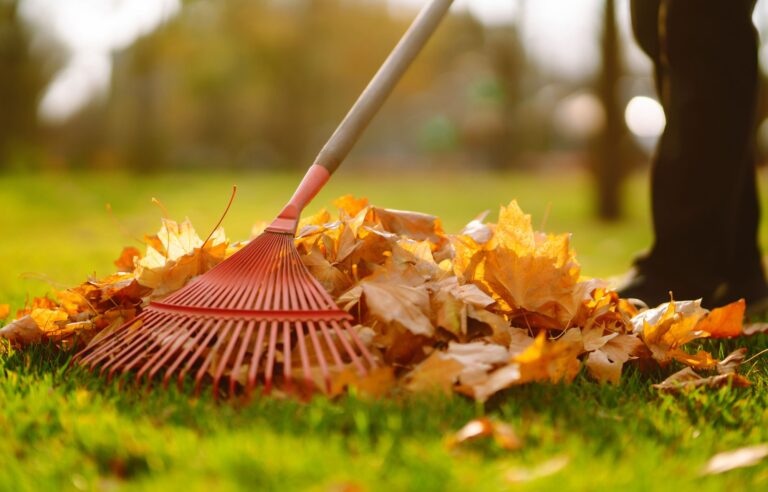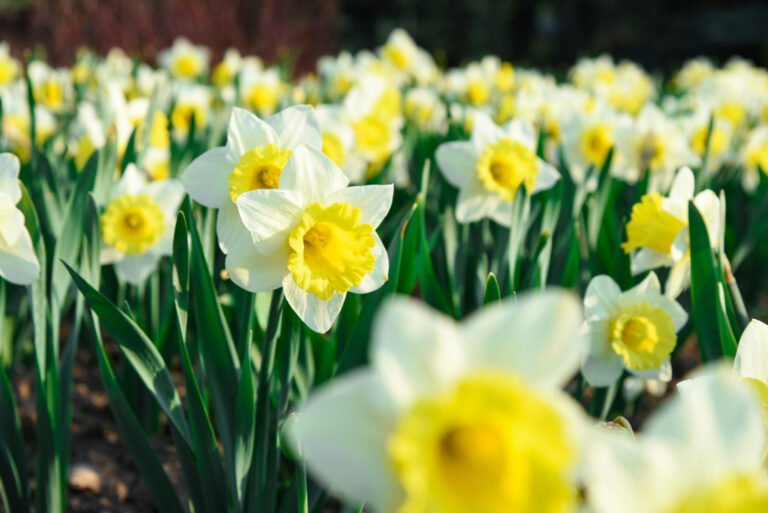The production of new plants from a mother plant can also be achieved through two other propagation methods: offshoot and layering.
In both types of multiplication it is not a question of taking parts of the plant to root, but of stimulating, or inducing, rooting, on branches still inserted, connected to the mother plant.
AIR LAYERING
In the case of air layering, we first make an incision on a branch of the plant to be multiplied, to stimulate the formation of the healing callus.
Then we cover the cutting point with light soil, peat and perlite, or peat and sand, and we wrap it with a waterproof bag, as in the photo.
We have thus applied the conditions that cause the plant to react to form roots: on the one hand the cut and the natural reaction of the plant to the wound, with the formation of the healing callus, on the other the dark condition, which stimulates the plant to root formation.
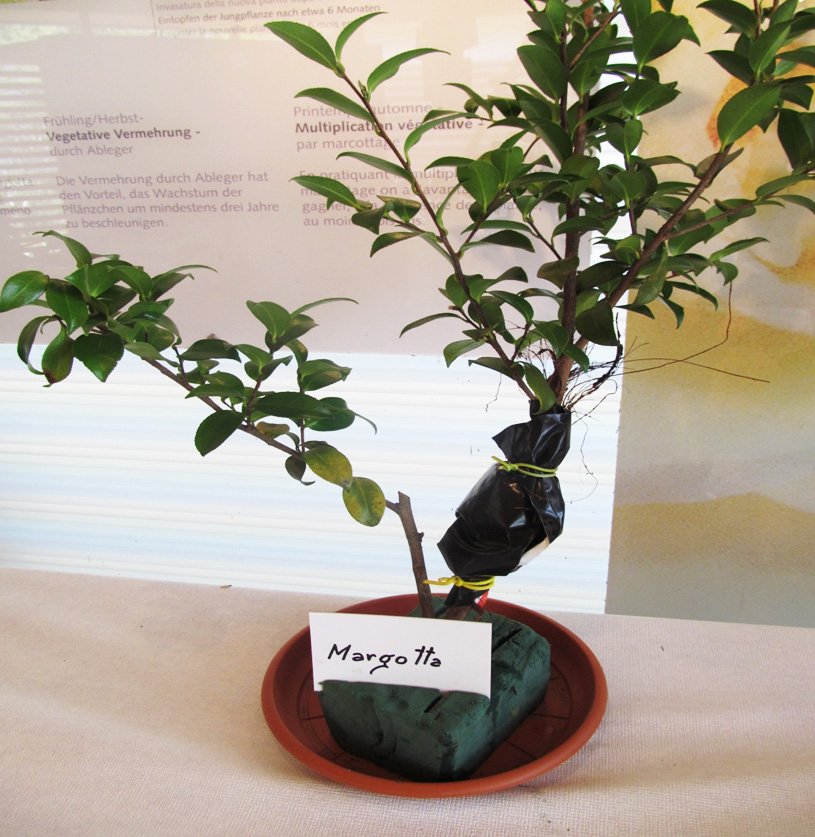
The environment created allows the differentiation, or new formation of roots. Also for air layering, as for cuttings, there are plant species that are faster and easier than others. Once about a month has passed we can check whether rooting has occurred and we can isolate the new young plant, derived from the incised branch on which the roots developed, which has become an independent rooted plant. This aerial layering described is adopted for many ornamental plants such as: azalea, ficus, holly, magnolia.
Other link of layering
TIP LAYERING
Also in tip layering the new plant initially develops connected to the mother plant.
The rooting process occurs at the branches that “touch” the ground: young roots develop and then, separated from the mother plant they will become independent seedlings.
Some plants multiply naturally with this system; these are species with long and flexible branches such as bramble, raspberry.
In other cases, named compound layering it is possible to stimulate and induce this type of multiplication by bending a long and flexible branch into an arc and burying the middle part, leaving the apical part above ground; the dark conditions will favor the emission of the first rootlets and it will then be possible to separate the rooted branches, which have now become young plants.
Another type of offshoot is mound layering: in this case, instead of “bending” the branch, the base, or collar of the mother plant, is covered from the point where the lateral branches begin to develop. Also in this case, new rootlets can develop at the base of each branch, which will then be pruned and become young rooted plants.

